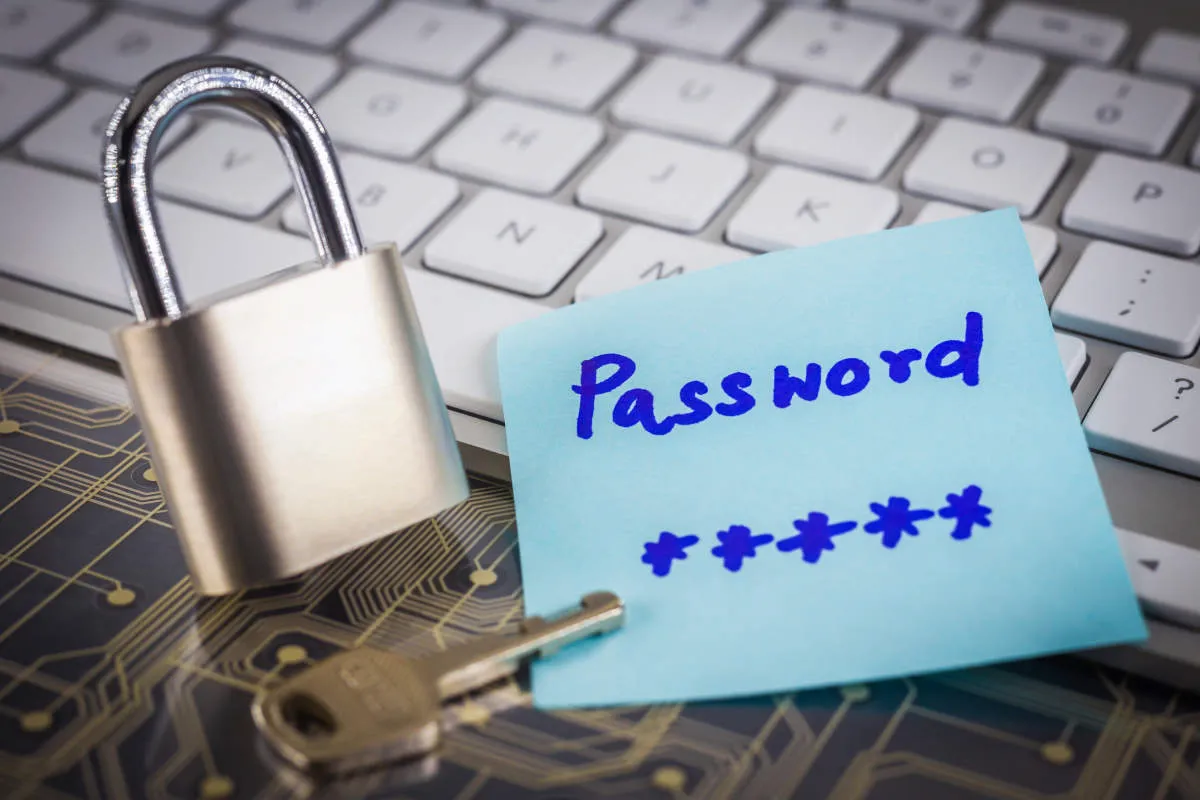Learn about the best practices to enhance online banking security and protect your financial information from cyber threats.
Understanding Online Banking Risks
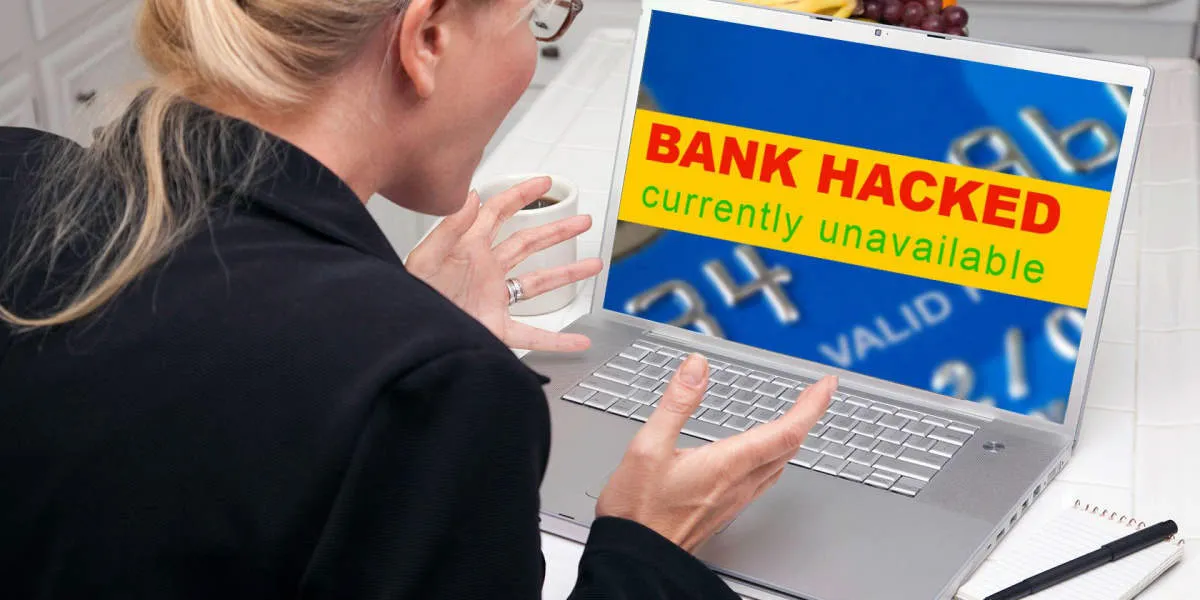
While online banking offers unparalleled convenience, it’s crucial to acknowledge the inherent risks. Being aware of these potential threats is the first step in protecting yourself.
Common Online Banking Risks:
- Phishing: Fraudulent emails or websites designed to trick you into revealing sensitive information like your login credentials or account numbers.
- Malware: Malicious software that can infect your device, often through downloads or malicious links, and capture your banking information.
- Unsecured Networks: Using public Wi-Fi, which is often not secure, increases the risk of hackers intercepting your data during online banking sessions.
- Weak Passwords: Simple, easily guessable passwords make it easier for cybercriminals to gain access to your accounts.
- Device Vulnerability: Outdated operating systems or internet browsers can have security holes that hackers can exploit.
Creating Strong Passwords
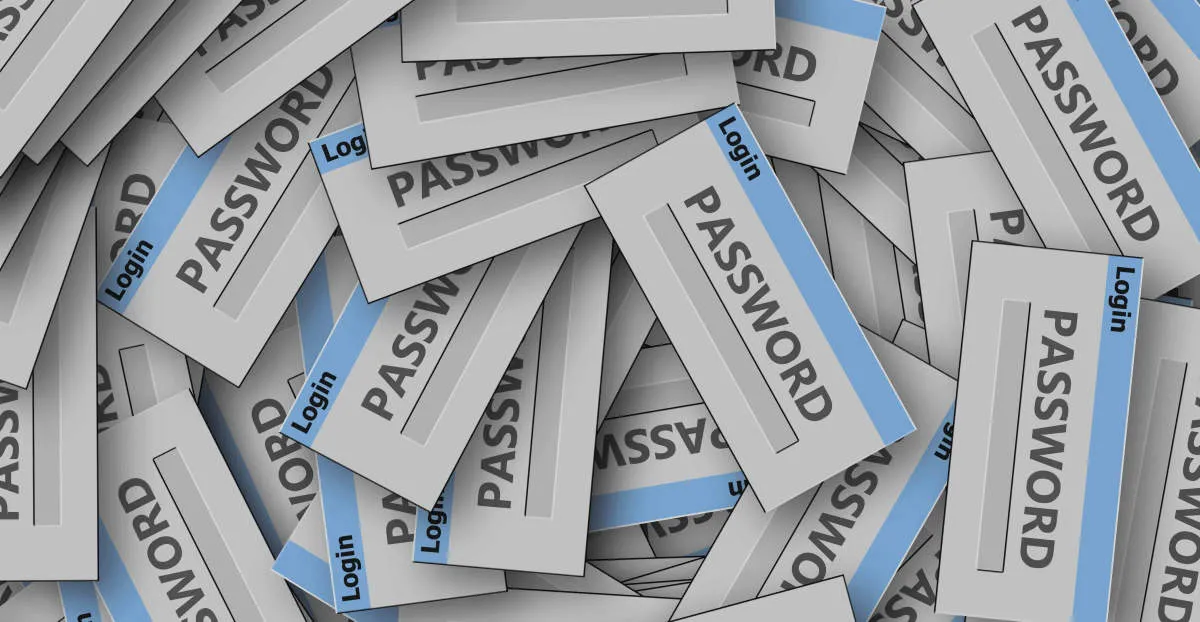
One of the most critical aspects of online banking security is using a strong and unique password for your account. A weak or easily guessable password can be an open invitation for hackers to gain unauthorized access to your sensitive financial information.
Follow these tips to create a strong password:
- Length: Aim for a password that is at least 12 characters long. The longer the password, the more difficult it is to crack.
- Complexity: Use a mix of uppercase and lowercase letters, numbers, and symbols (!@#$%^&* etc.). Avoid using common words or phrases.
- Uniqueness: Never use the same password for multiple accounts, especially your online banking account. If one account is compromised, all your accounts are at risk.
- Password Manager: Consider using a reputable password manager to generate and store your passwords securely. This eliminates the need to remember complex passwords for each account.
Using Two-Factor Authentication
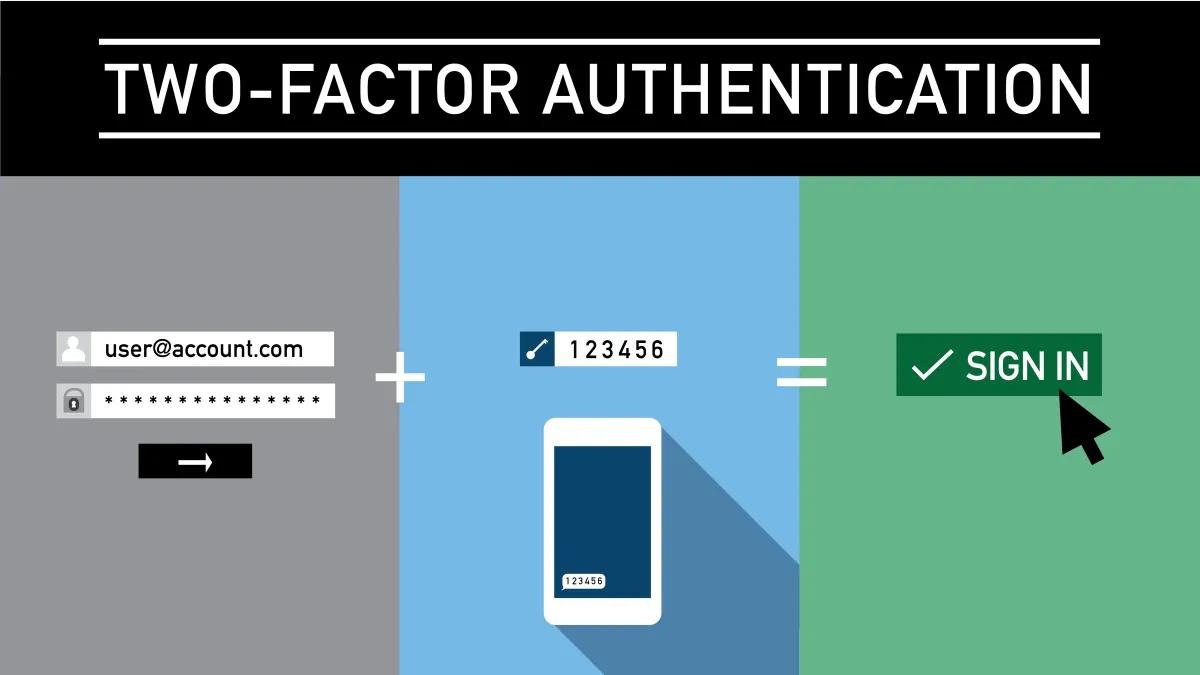
Two-factor authentication (2FA) adds an extra layer of security to your online banking accounts, making it significantly harder for unauthorized individuals to gain access. Instead of just entering your password, 2FA requires you to provide a second piece of information, usually a unique code sent to your phone or email, or generated by an authentication app.
How it Works:
- You enter your username and password on the online banking platform.
- The bank then sends a unique, time-sensitive code to your chosen device or application.
- You enter this code on the banking website or app to complete the login process.
Benefits of Two-Factor Authentication:
- Increased Security: Even if your password is compromised, the second factor makes it incredibly difficult for attackers to access your account.
- Protection Against Phishing: 2FA helps protect you from phishing attacks. Even if you are tricked into entering your credentials on a fake website, the attacker won’t have the second factor needed to log in.
- Peace of Mind: Knowing that your accounts have this added layer of security provides peace of mind and greater confidence in the safety of your financial information.
Most online banking platforms offer two-factor authentication. Make sure to enable it in your account settings to significantly enhance the security of your online banking experience.
Avoiding Public Wi-Fi
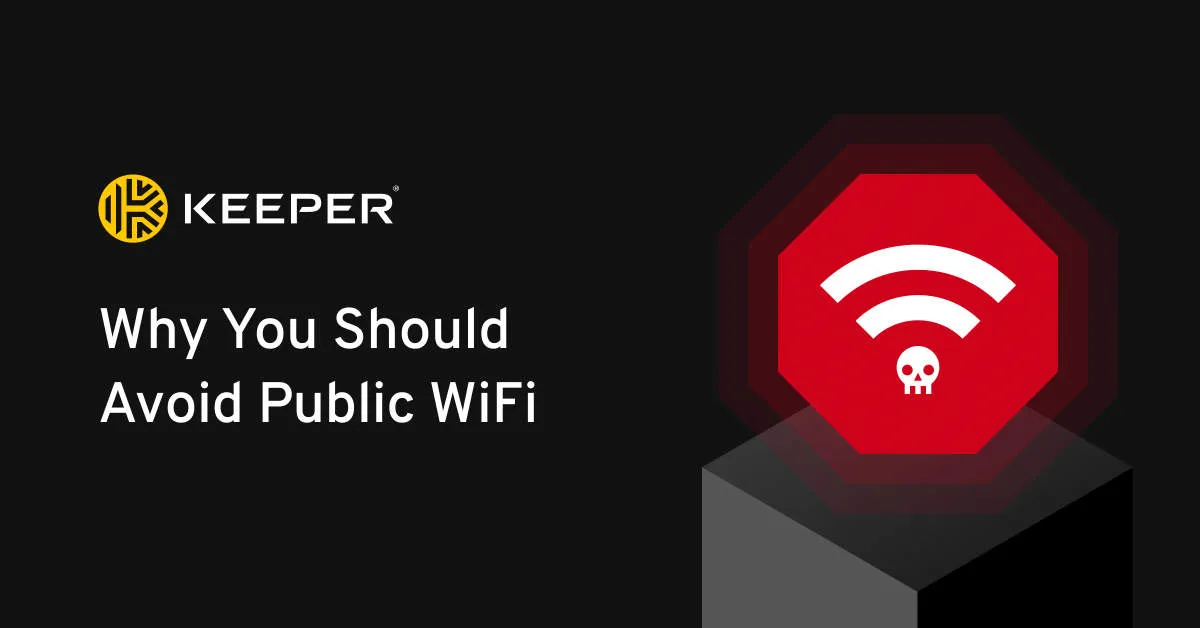
Public Wi-Fi networks might be convenient, but they’re also inherently risky for activities like online banking. Here’s why:
- Lack of Encryption: Many public Wi-Fi networks are not encrypted, meaning your data is transmitted in plain text. This makes it easy for hackers to intercept your login credentials, financial information, and other sensitive data.
- Man-in-the-Middle Attacks: Hackers can position themselves between your device and the network, capturing all data you send and receive. This is especially dangerous when accessing your bank account or making transactions.
- Rogue Wi-Fi Hotspots: Cybercriminals often set up fake Wi-Fi hotspots with legitimate-sounding names. Connecting to one of these can give them direct access to your device and the information you’re transmitting.
To keep your online banking secure, it’s best to avoid public Wi-Fi entirely.
Monitoring Your Accounts
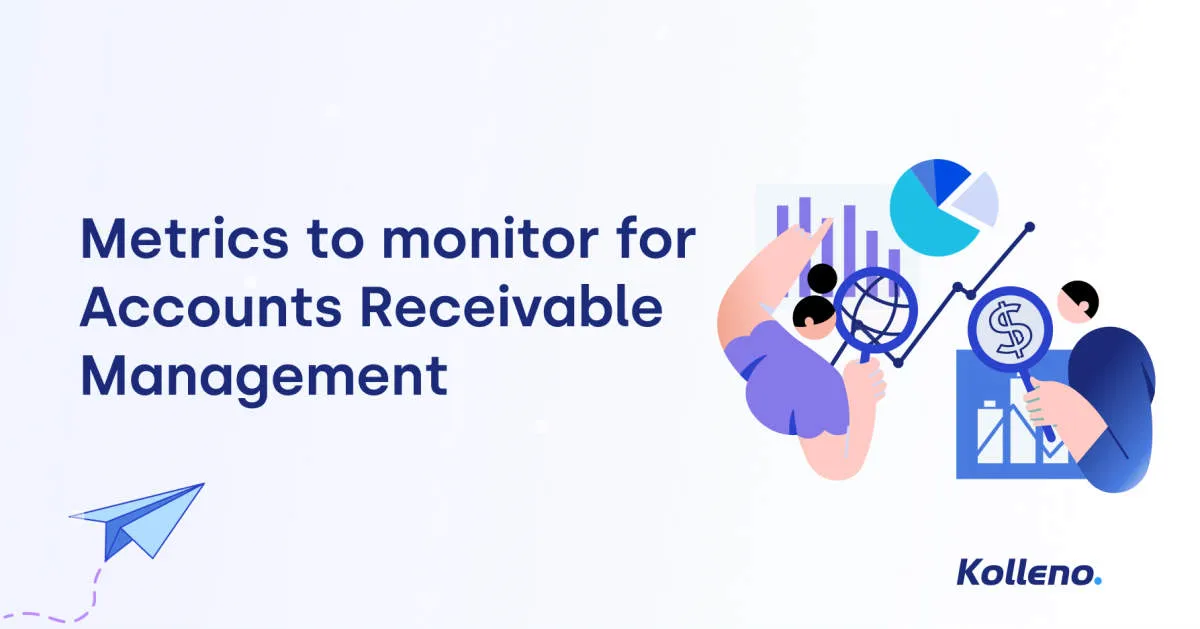
Regularly monitoring your accounts is a crucial aspect of online banking security. By staying vigilant and proactive, you can detect and address any suspicious activity promptly.
Here are some key practices for effective account monitoring:
- Review Account Statements Frequently: Check your account statements at least monthly, or more frequently if possible. Scrutinize all transactions, looking for any unauthorized or unfamiliar entries.
- Set Up Account Alerts: Take advantage of account alerts offered by your bank. Configure alerts for various activities, such as account balance changes, large transactions, or login attempts from new devices.
- Monitor Credit Reports: Regularly review your credit reports from major credit bureaus. Look for any unauthorized accounts or suspicious inquiries that could indicate identity theft.
Recognizing Phishing Scams
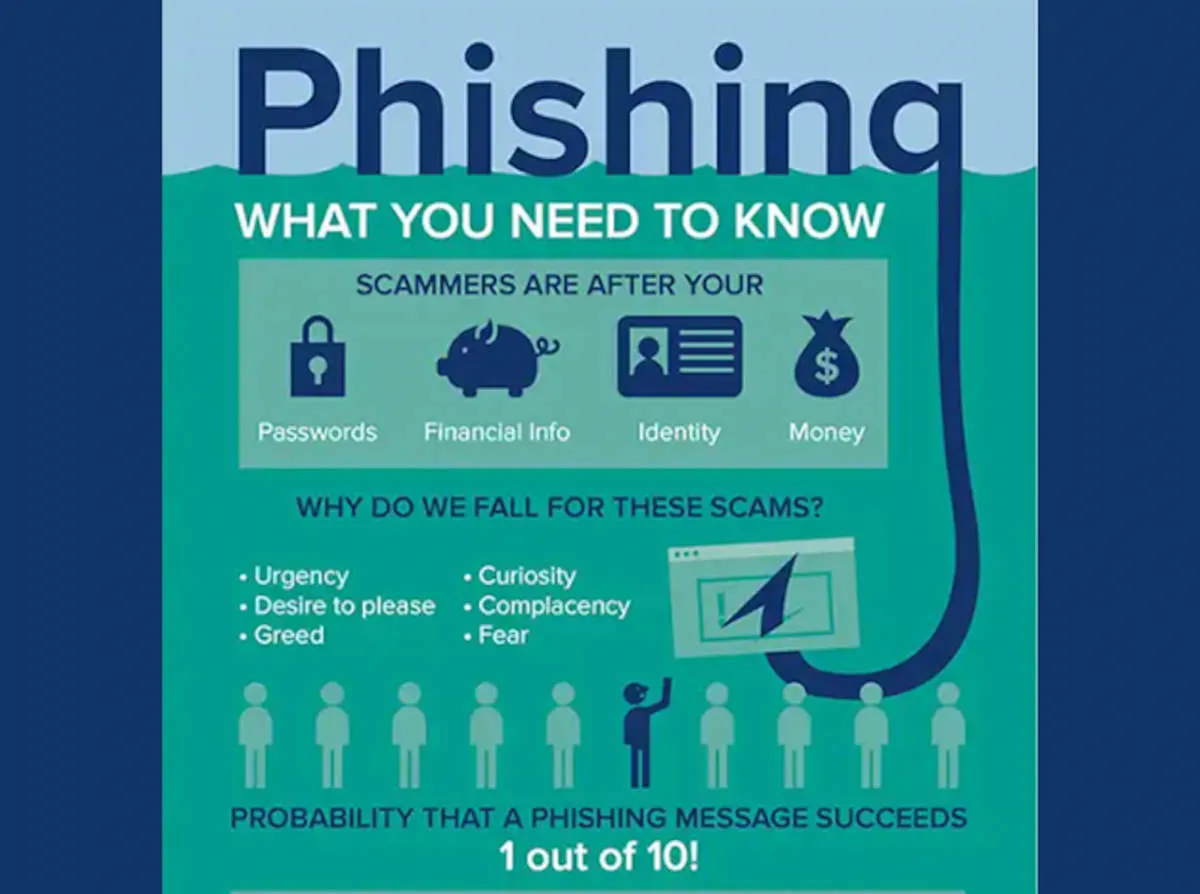
Phishing scams are attempts by fraudsters to trick you into revealing sensitive information, such as your online banking login credentials, credit card details, or Social Security number. They typically employ deceptive emails, websites, or text messages that appear to be from legitimate sources, like your bank.
Here are some telltale signs of a phishing scam:
- Suspicious sender address: Scrutinize the email address carefully. Look for misspellings, unusual characters, or a domain name that doesn’t match the alleged sender.
- Urgent or threatening language: Phishing emails often create a sense of urgency or fear to pressure you into acting quickly without thinking. Beware of messages demanding immediate action or threatening negative consequences.
- Requests for personal information: Legitimate banks will never ask for your login credentials, Social Security number, or credit card information via email or text message. Be highly suspicious of any communication requesting such details.
- Generic greetings and impersonal tone: Phishing emails often use generic greetings like “Dear Customer” instead of your real name. The language may also be impersonal or awkward.
- Suspicious links or attachments: Avoid clicking on links or opening attachments from unknown or suspicious senders. Hover over links to check the destination URL before clicking. If it looks suspicious, don’t click!
If you suspect a phishing attempt, do not engage with the email, website, or text message. Report it to your bank immediately and delete it from your inbox or device.
Updating Your Software
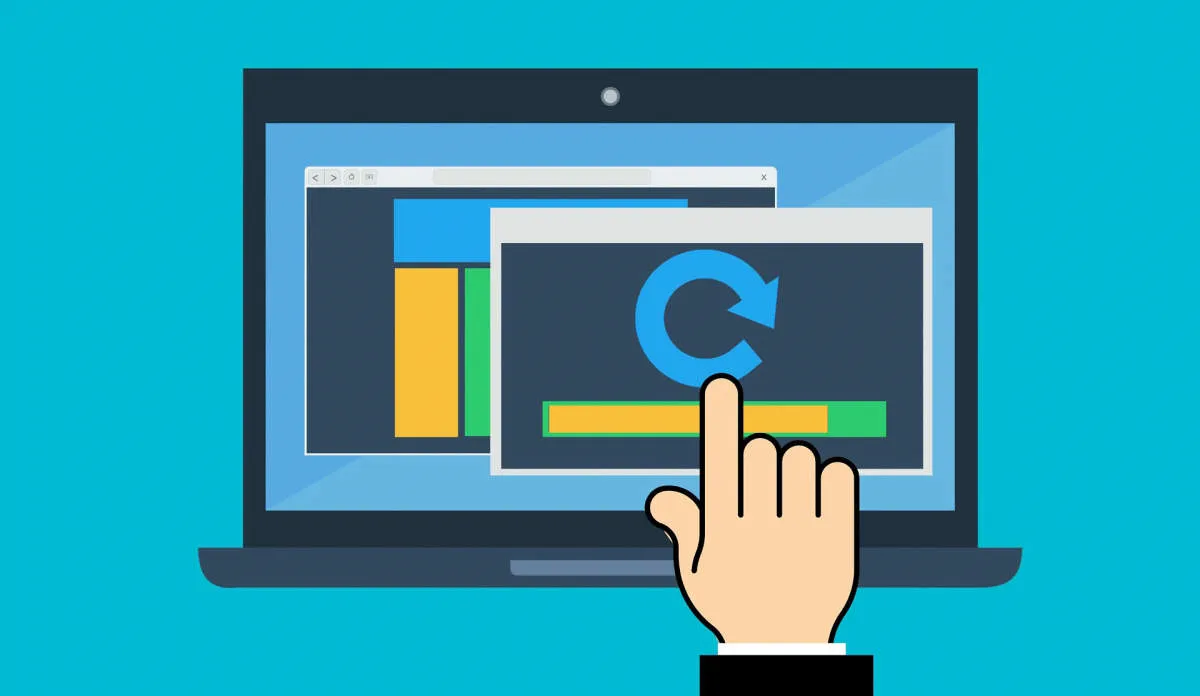
Regularly updating your operating system, web browser, and other software is crucial for online banking security. Software updates often include security patches that address newly discovered vulnerabilities. By not updating, you leave your system exposed to these threats, making it easier for attackers to exploit them.
Enable Automatic Updates: Most operating systems and software offer automatic update options. Enable these to ensure you receive the latest security patches as soon as they’re available.
Check for Updates Manually: If you prefer manual control, regularly visit the official websites of your software providers to check for updates. Don’t rely solely on in-app notifications, as they might not always be reliable.
Pay Attention to Browser Extensions: Malicious browser extensions can compromise your online banking security. Only install extensions from trusted sources and remove any that you no longer use.
Using Secure Connections
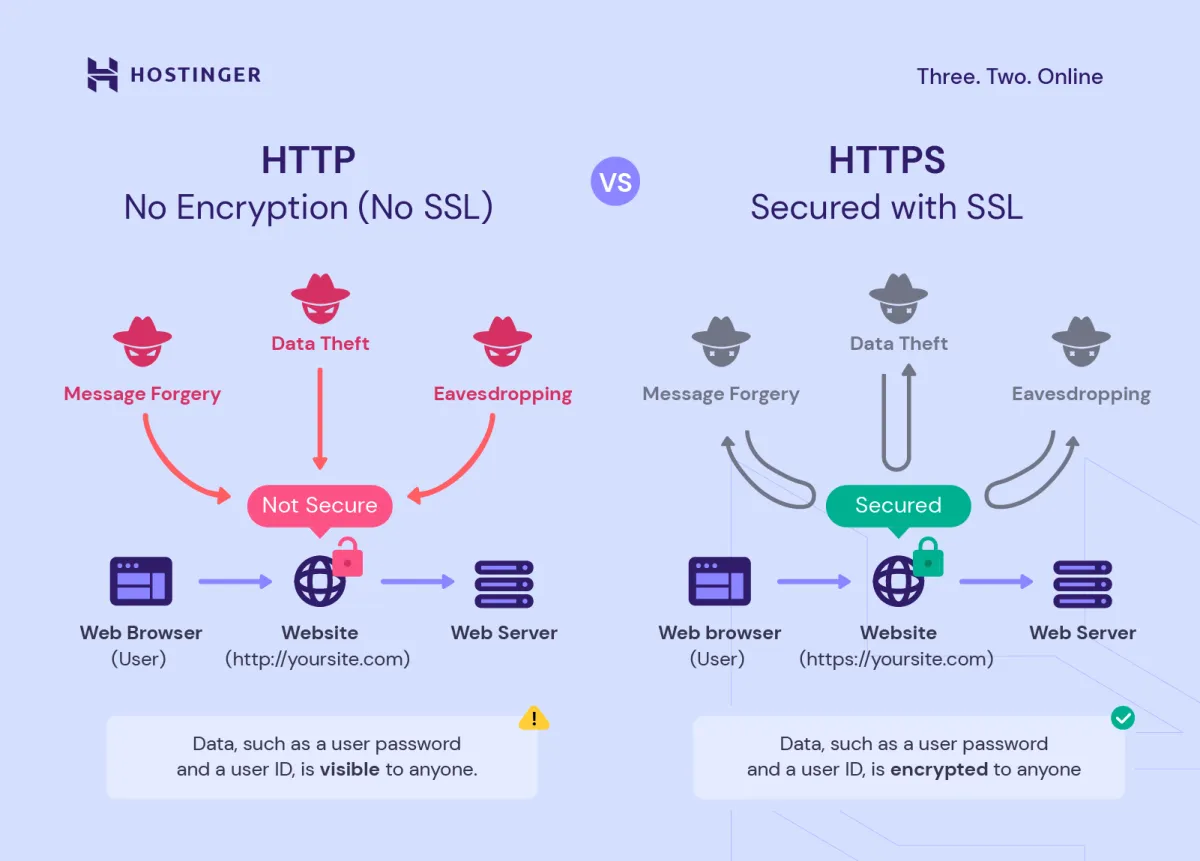
One of the most crucial aspects of online banking security is ensuring you’re always using secure connections. This safeguards your sensitive financial information from being intercepted by malicious actors while in transit.
Look for HTTPS
Always verify that the website you’re on uses HTTPS. You can identify this by the padlock icon in the address bar and the “https://” prefix in the website address. HTTPS establishes an encrypted connection between your browser and the website’s server, making it much harder for hackers to eavesdrop on your data.
Beware of Public Wi-Fi
Public Wi-Fi networks, while convenient, often lack robust security measures. Avoid accessing your online banking accounts or performing any financial transactions while connected to public Wi-Fi. If you must use public Wi-Fi, consider using a Virtual Private Network (VPN). A VPN encrypts your internet traffic and routes it through a secure server, adding an extra layer of protection.
Keep Your Devices Updated
Regularly updating your operating system, web browser, and other software is crucial for maintaining a secure online banking experience. Software updates often include security patches that address known vulnerabilities, making it harder for attackers to exploit them.
Reporting Suspicious Activity
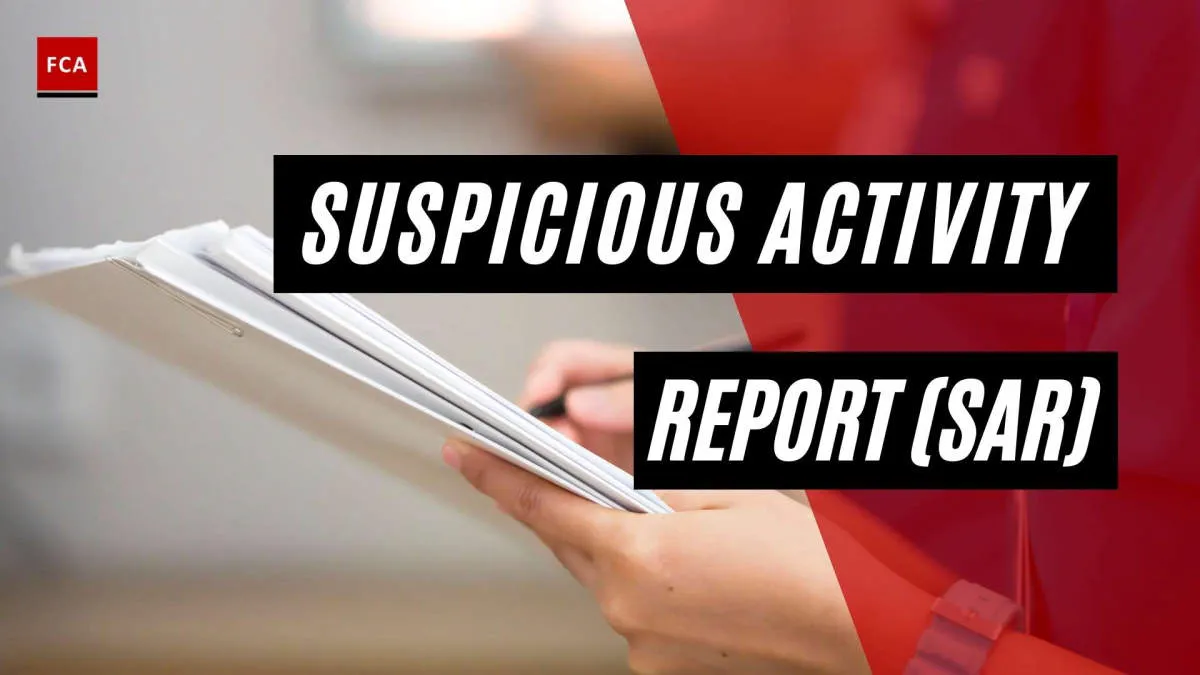
Even when meticulously following security best practices, it’s possible to encounter suspicious activity. In these situations, swift reporting is crucial. Here’s how to handle suspicious activity:
- Contact your bank immediately. Most banks have 24/7 hotlines or secure messaging services within their online banking platforms for reporting fraud.
- Provide specific details. Note the date, time, transaction amounts, and any identifying information (like unfamiliar account numbers or names) related to the suspicious activity.
- Follow your bank’s instructions. They may ask you to change your password, review recent transactions, or take other security measures.
- Document everything. Keep records of your communication with the bank, including reference numbers, dates, and times.
- Be vigilant. After reporting suspicious activity, monitor your accounts closely for any further unauthorized access.
Educating Yourself About Online Security
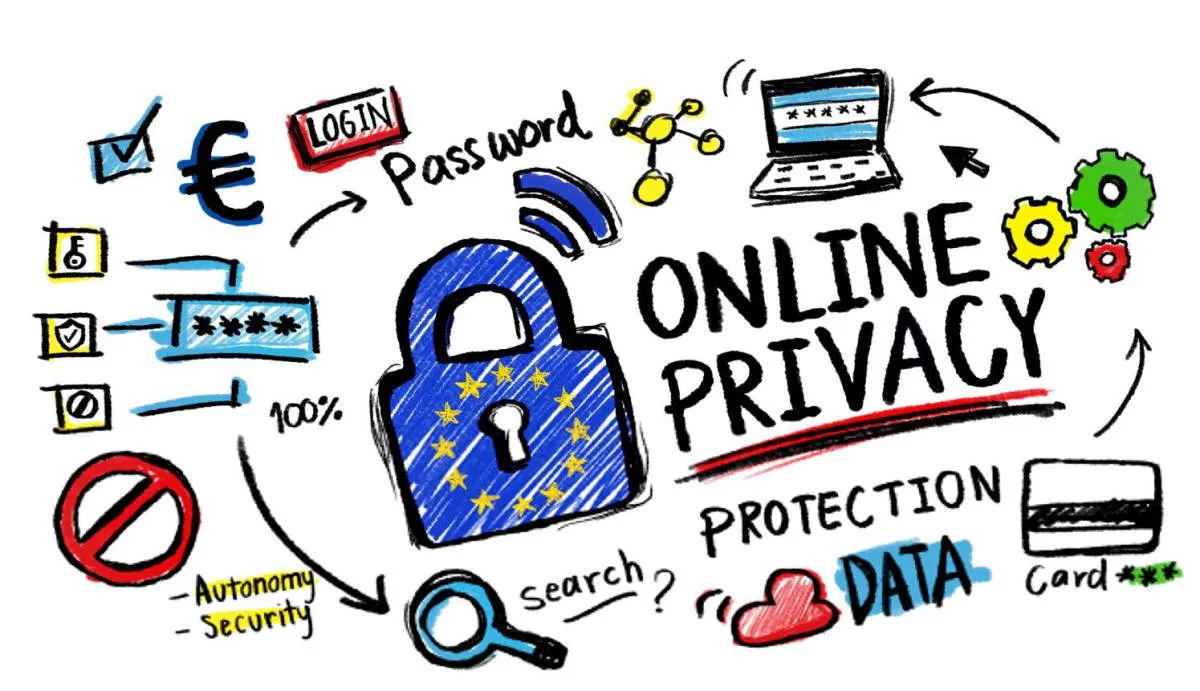
In today’s digital age, understanding online security isn’t just a suggestion—it’s essential. This is especially true for online banking, where your financial well-being is on the line. Don’t let the convenience of online banking overshadow the importance of protecting yourself.
Start by familiarizing yourself with common threats. Phishing attacks, for instance, use deceptive emails or websites to trick you into revealing sensitive information. Learn to spot the red flags: suspicious sender addresses, requests for personal details, or urgent pleas for action.
Malware is another danger, encompassing malicious software designed to damage or gain unauthorized access to your device. Be cautious about the links you click and the files you download, especially from unfamiliar sources. Installing reputable antivirus software and keeping it updated is a crucial defense against these threats.
Education goes beyond recognizing threats—it’s also about proactive security measures. Strong, unique passwords are your first line of defense. Avoid using easily guessable information and consider a password manager to securely store your login credentials. Enable two-factor authentication whenever possible for an extra layer of protection, requiring not just your password but also a unique code from your phone or email to access your accounts.
Conclusion
In conclusion, implementing multi-factor authentication, regularly updating passwords, and avoiding public Wi-Fi are essential for enhancing online banking security.

